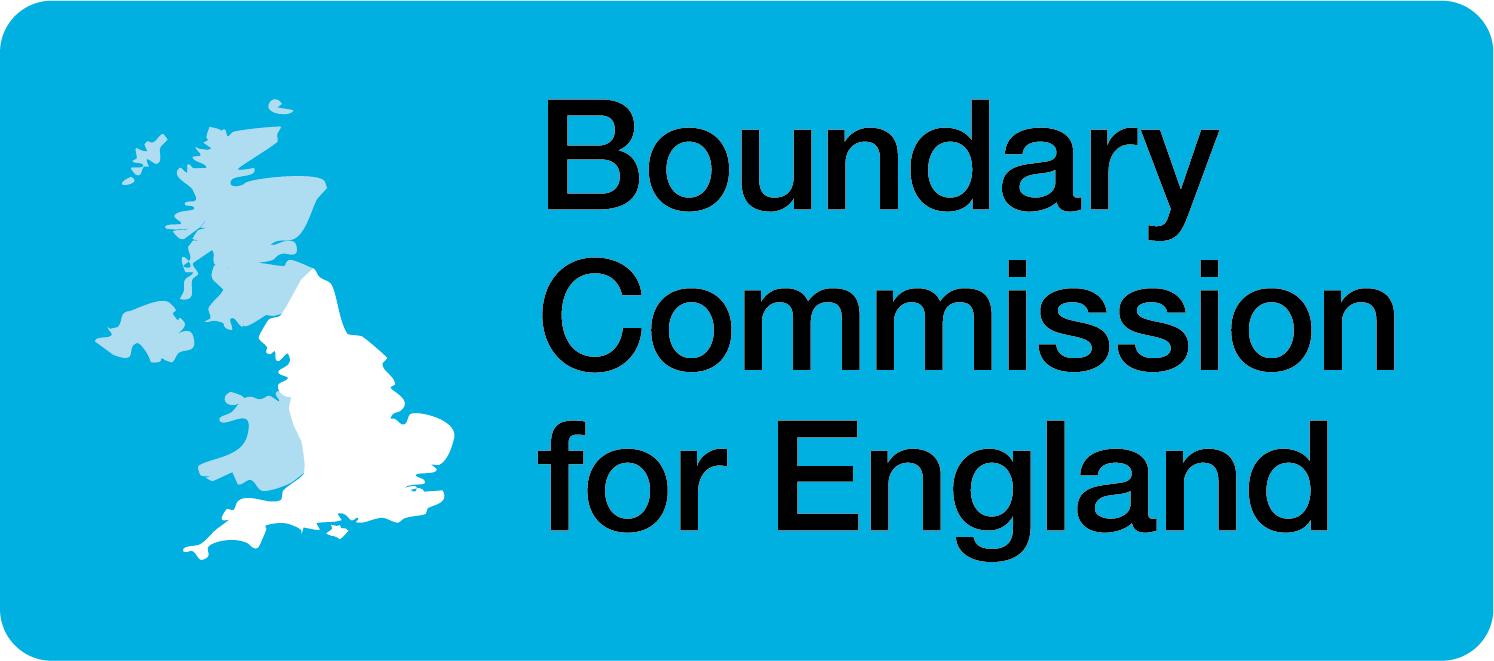Summary
Who we are and what we do – ‘The 2023 Review’ 1
1 Further details about the BCE and 2023 Review are published on our website: https://boundarycommissionforengland.independent.gov.uk/
The Boundary Commission for England (BCE) is an independent and impartial non-departmental public body, which is responsible for periodically reviewing Parliamentary constituency boundaries in England.
We are currently conducting a review on the basis of legal rules most recently updated by Parliament in 2020, which will conclude with a final report and recommendations from us by 1 July 2023. The rules require there to still be 650 constituencies across the UK, but more equally distributed across the four parts of the UK, which will see the number of constituencies in England increase to 543. Each (apart from five ‘protected’ constituencies) must also contain a number of electors that is no smaller than 69,724 and no larger than 77,062 (as at the fixed date of 2 March 2020).
We published our initial proposals for the new Parliamentary constituency boundaries in England on 8 June 2021 and there have been two rounds of statutory consultation relating to those to which we received over 45,000 responses. We have considered all of the comments received and taken them into account in developing our revised proposals, which we are now publishing for final consultation. For each region, a full report sets out a summary of the responses received to previous consultation on our initial proposals, our analysis of those, and the conclusions we have reached as to how the proposals should be revised as a result. The Appendix to each report contains details of the composition of each constituency we are now proposing, and maps to illustrate these can be viewed on our website or in hard copy at a local place of deposit.2
Back to topWhat are the revised proposals for the Yorkshire and the Humber region?
We have revised the composition of 23 of the 54 constituencies we proposed in June 2021, and maintained our initial proposals for the remainder. We have revised the name of ten of our initially proposed constituencies. Our revised proposals would leave two existing constituencies in the Yorkshire and the Humber region wholly unchanged, and 12 unchanged except to realign constituency boundaries with local government ward boundaries.3
As it is not always possible to allocate whole numbers of constituencies to individual counties or unitary authorities, we sometimes group these into sub-regions, meaning some constituencies cross county or unitary authority boundaries. After consideration of the responses to the sub-regions in our initial proposals, our revised proposals are based on sub-regions that remain unchanged from those in our initial proposals. 11 constituencies would cross local authority boundaries (three fewer than in our initial proposals): two would contain parts of more than two local authorities.
We propose retaining the cross-county boundary arrangement between North Yorkshire and West Yorkshire as in the initial proposals. The cross-county boundary constituency of Selby is retained unchanged in our revised proposals, and the Wetherby and Easingwold constituency would be changed by the transfer of one ward only. We also propose retaining the cross-county boundary constituency of Doncaster East and Axholme between South Yorkshire and the Humberside unitary authority of North Lincolnshire. We consider this allows for more flexibility in the creation of constituencies across both South Yorkshire and Humberside that meet the statutory criteria.
Our revised proposals result in very little change to the initially proposed configuration of constituencies across South Yorkshire, and the unitary authorities of North Lincolnshire and North East Lincolnshire. However, we have taken into account the evidence received during the consultation process and propose extensive revisions to the six initially proposed constituencies covering the unitary authorities of East Riding of Yorkshire and Kingston upon Hull; this would include the splitting of a ward between our revised Bridlington and The Wolds, and Goole and Pocklington constituencies.
Across the sub-region of North Yorkshire and West Yorkshire, we are recommending very little change in North Yorkshire, with the transfer of only one ward between constituencies initially proposed. However, we have proposed more extensive revisions to the configuration of constituencies wholly within West Yorkshire, affecting more than half. This would include the splitting of five wards between constituencies; one in each of Bradford, Calderdale and Leeds, and two in Kirklees.
Back to topHow to have your say
We are consulting on our revised proposals for a four-week period, from 8 November 2022 to 5 December 2022. We encourage everyone to use this final opportunity to contribute to the design of the new constituencies – the more views we hear, the more informed our decisions will be when we make our final recommendations and report to Parliament. Our consultation portal at www.bcereviews.org.uk has more information about our revised proposals and how to give us your views. You can also follow us on Twitter @BCEReviews or at facebook.com/BCEReviews.
Back to top2 A list of places of deposit is published on our website (as above).
3 Where the Order to make such wards was made by 1 December 2020.
